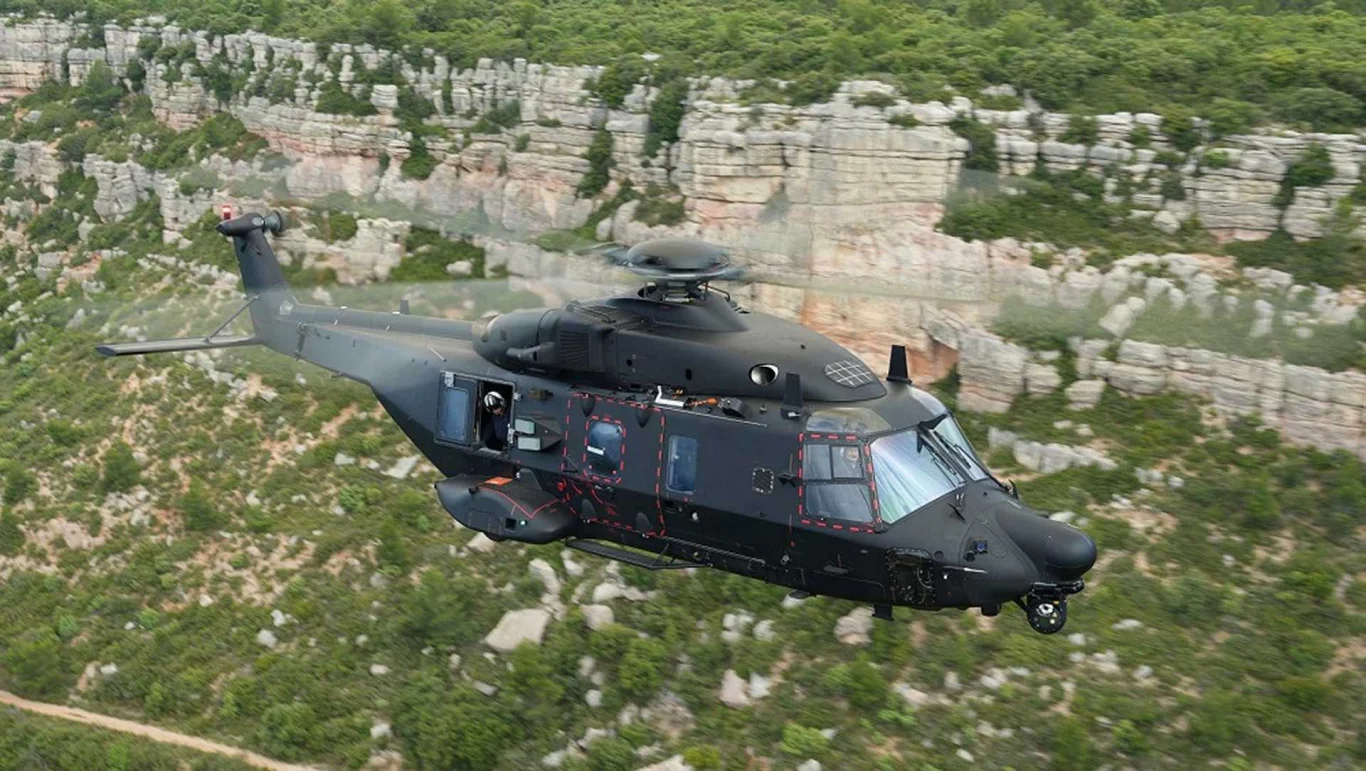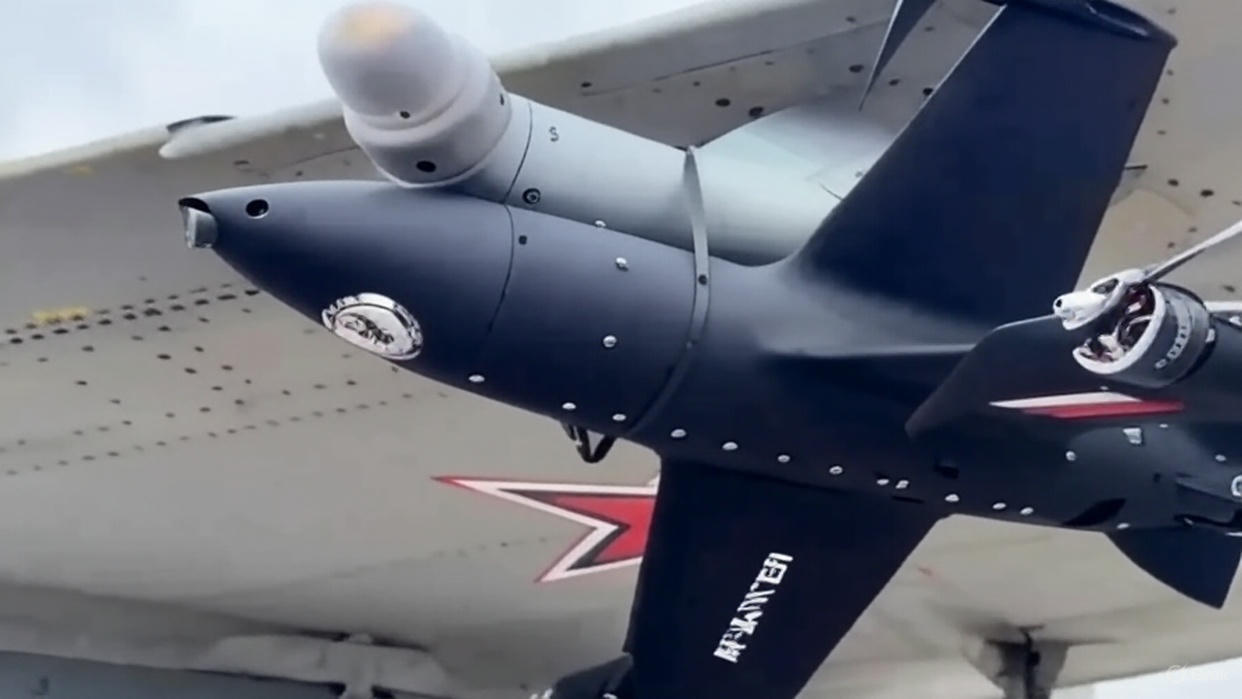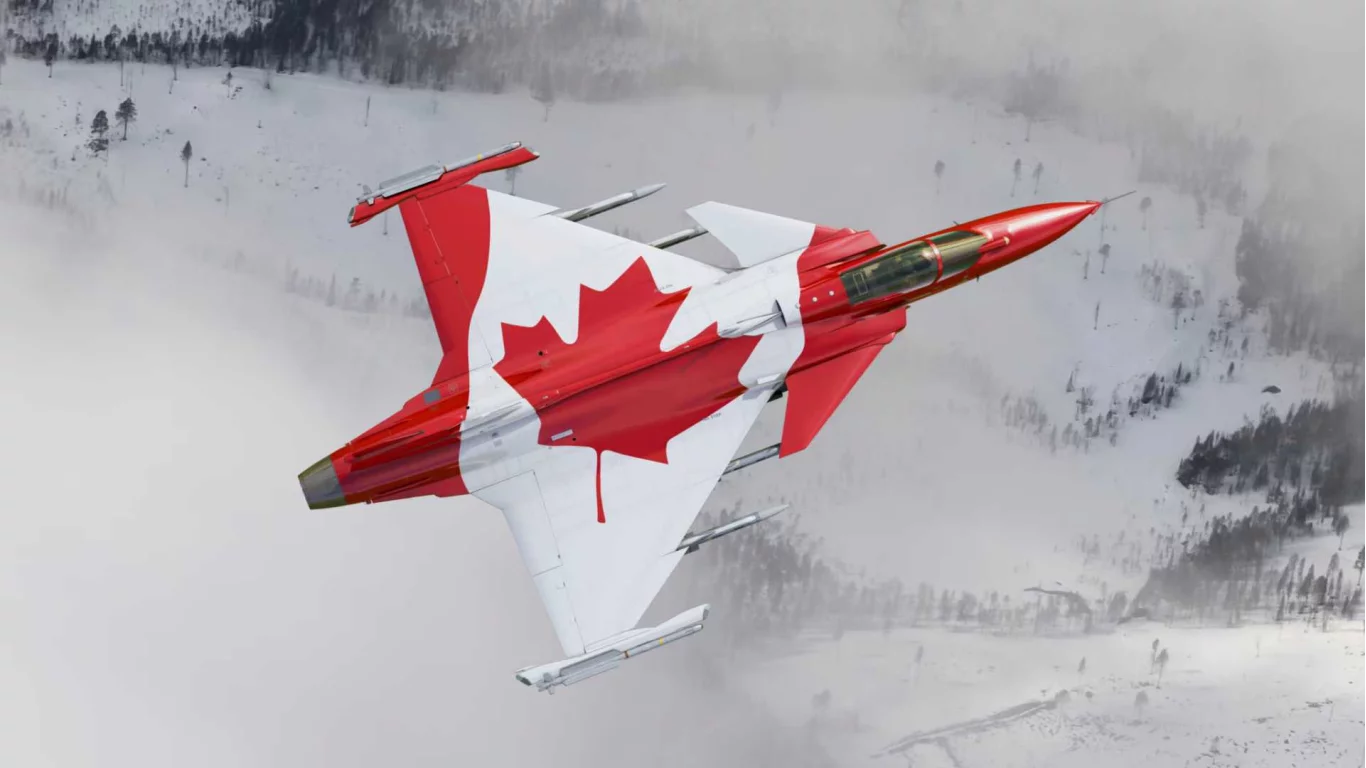The elite units of the French Special Forces are on the cusp of a significant leap in their operational capabilities, as they anticipate the delivery of their first NH90 Caiman Standard 2 helicopter in 2026. This eagerly awaited arrival marks a pivotal moment in the ongoing modernization of France’s special operations aviation, promising to equip its most demanding missions with an aircraft that offers unparalleled performance, enhanced situational awareness, and crucial technological advancements tailored to the unique requirements of clandestine and high-stakes operations. Far more than a mere incremental upgrade, the Caiman Standard 2 represents a comprehensive evolution of a platform already renowned for its versatility, pushing the boundaries of what a military helicopter can achieve in the complex and unforgiving arenas where special forces operate.
The NH90 Caiman, in its various configurations, has already established itself as a cornerstone of modern military aviation across numerous nations. Designed as a medium-sized, twin-engine, multi-role military helicopter, it is the product of an ambitious European collaboration aimed at creating a standardized, high-performance platform for a wide array of missions. The helicopter’s inherent adaptability allows it to excel in roles ranging from tactical transport and special operations to maritime counter-terrorism and search and rescue. For the French armed forces, the NH90 has become an indispensable asset, particularly in its TTH (Tactical Transport Helicopter) variant, which forms the backbone of tactical airlift capabilities for both conventional and special forces. Its fly-by-wire controls, composite airframe, and advanced mission systems already provide a level of sophistication and resilience essential for contemporary combat environments.
The Standard 2 variant of the NH90 Caiman is specifically engineered to meet the exceedingly rigorous demands of special operations, integrating a suite of enhancements that directly address the critical needs of elite units. Key among these upgrades is a comprehensive redesign of the cockpit and mission system architecture, aimed at optimizing pilot and crew workload, improving data fusion, and providing a more intuitive interface for complex operations. This includes the integration of advanced sensors and communication systems that facilitate seamless interoperability with ground forces, intelligence assets, and other air platforms, crucial for the highly coordinated nature of special operations. Furthermore, improvements in self-protection systems, including enhanced electronic warfare capabilities and defensive aids, are central to the Standard 2, offering increased survivability in contested airspace, a paramount concern for missions that often involve operating deep within enemy territory or in high-threat environments.
One of the most significant aspects of the Caiman Standard 2 for French Special Forces will be its enhanced ability to operate in degraded visual environments (DVE) and during periods of limited visibility. This often involves flying at low altitudes, through challenging terrain, or in adverse weather conditions, where traditional helicopter systems struggle. The Standard 2 will feature upgraded navigation systems, possibly incorporating advanced synthetic vision and improved terrain-following radar, allowing pilots to maintain situational awareness and precise control even when external visibility is compromised. This capability is critical for covert insertions, extractions, and critical resupply missions that must often occur under the cover of darkness or in environments where detection is a primary concern. The ability to precisely navigate and execute complex maneuvers in such conditions dramatically expands the operational envelope for special forces, enabling them to project power and influence with greater stealth and precision.
Beyond the technological enhancements, the introduction of the Caiman Standard 2 also signifies a deeper strategic commitment to equipping French Special Forces with tools that provide a decisive edge. Special operations are increasingly complex, demanding platforms that can integrate seamlessly into a network-centric battlefield, share real-time intelligence, and adapt rapidly to evolving threats. The Standard 2, with its advanced communications suite and potential for sophisticated data links, will enable a higher degree of integration with other special operations assets, including drones, ground vehicles, and intelligence platforms. This holistic approach to special operations aviation ensures that the helicopter is not just a transport vehicle, but a vital node in a broader, interconnected combat system, enhancing the overall effectiveness and lethality of the special forces unit as a whole.
The implications for French Special Forces’ operational doctrine are profound. The enhanced capabilities of the Caiman Standard 2 will allow for greater autonomy in mission planning and execution, reducing reliance on external support in certain scenarios and enabling more daring and complex operations. Whether it’s rapid insertion into a denied area, precision infiltration for intelligence gathering, or swift extraction of personnel under fire, the Standard 2 is designed to provide the necessary speed, agility, and protection. This focus on individual unit self-sufficiency and enhanced survivability reflects a broader trend in special operations, where the ability to operate independently for extended periods, far from conventional support structures, is becoming increasingly vital. The new helicopter will empower special operators to take on a wider range of missions, with increased confidence in their aerial support.
While the delivery of the first Caiman Standard 2 in 2026 marks an exciting milestone, it also underscores the continuous cycle of defense modernization. The integration of such advanced platforms is not merely about receiving a new piece of hardware; it involves extensive pilot and crew training, development of new tactics, techniques, and procedures (TTPs), and the establishment of robust logistical and maintenance support chains. The transition from older platforms or less capable variants to the Standard 2 will require significant investment in human capital and infrastructure, ensuring that the French Special Forces can fully leverage the helicopter’s potential. This sustained commitment to technological superiority is essential for maintaining the competitive advantage of France’s elite units in a world where adversaries are constantly evolving and adapting their own capabilities. The Caiman Standard 2 is not just an aircraft; it is a critical investment in the future operational readiness and strategic effectiveness of the French Special Forces.




